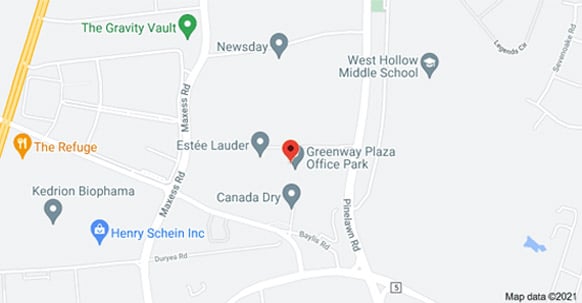Whether it’s on a sidewalk outside of your friend’s house, or on a freshly mopped floor at the mall, slip and fall accidents are fairly common. The term “slip and fall” refers to an incident where some slips and becomes injured on someone else’s property. Thousands of people are injured every year as a result of slip and fall incidents. It is important to remember that tripping and falling aren’t always someone else’s fault. Rough surfaces, wet shoes, and uneven ground can all be sources of injury that aren’t always preventable. It can be difficult to prove fault in a slip and fall case, though sometimes your injuries may entitle you to financial compensation. Here are some guidelines to help you determine if your injury should be brought to the attention of a personal injury lawyer:
Determining Liability
Since every case is unique and depends on many variables, there is no exact way to determine if someone else is liable for your injury. There is one important question that must be answered before moving forward with a personal injury lawsuit: “Could the property owner have prevented the accident?” For example, did a building owner or their employees know that a floor had just been waxed and failed to put a sign notifying pedestrians? Or did the pedestrian trip over their own feet and fall? In order for a property owner to be liable for an injury, the property owner or one of his or her employees must have been responsible for creating a dangerous surface, or knowing of a dangerous surface and failing to do nothing about it.
Determining the cause of the accident as well as considering if additional care by the property owner could have prevented the accident will help you to decide whether to move forward with your case.
Reasonableness
The plaintiff will need to demonstrate that the property owner did not act reasonably. A “reasonable” property owner will regularly take action to maintain their property and make it safe for others. For example, if you trip over a torn carpet that had recently ripped and the property owner was not knowledgeable of the defect and thus had no time to repair it, then you may not have a case against them. On the other hand, if a property owner never repairs or maintains a carpet, and the rip in the carpet has been in place for months with the knowledge of the property owner, they may be responsible for an injury that resulted from his or her negligence.
Personal Fault /Comparative Negligence
Another factor that you have to consider is whether your own carelessness was the cause of the injury. Many states consider the rule of comparative negligence in slip and fall injuries. This means that if you yourself contributed to the accident in any way, such as talking on a cell phone while walking or being in a restricted area, your monetary award for your injuries may be lessened or dissolved by the percentage that you are at fault. This percentage is determined by a judge or jury.
Regardless of how your accident happened, a slip and fall lawyer in Long Island from The Odierno Law Firm, P.C. will be able to help you determine if you are able to pursue damages for your slip and fall injury. Make sure to contact the lawyers at The Odierno Law Firm, P.C. for your free case evaluation today.

Lee J. Odierno is the managing partner of Odienero Law’s no-fault department. Find out more about Lee on his profile page, or visit any of his social media profiles below:
